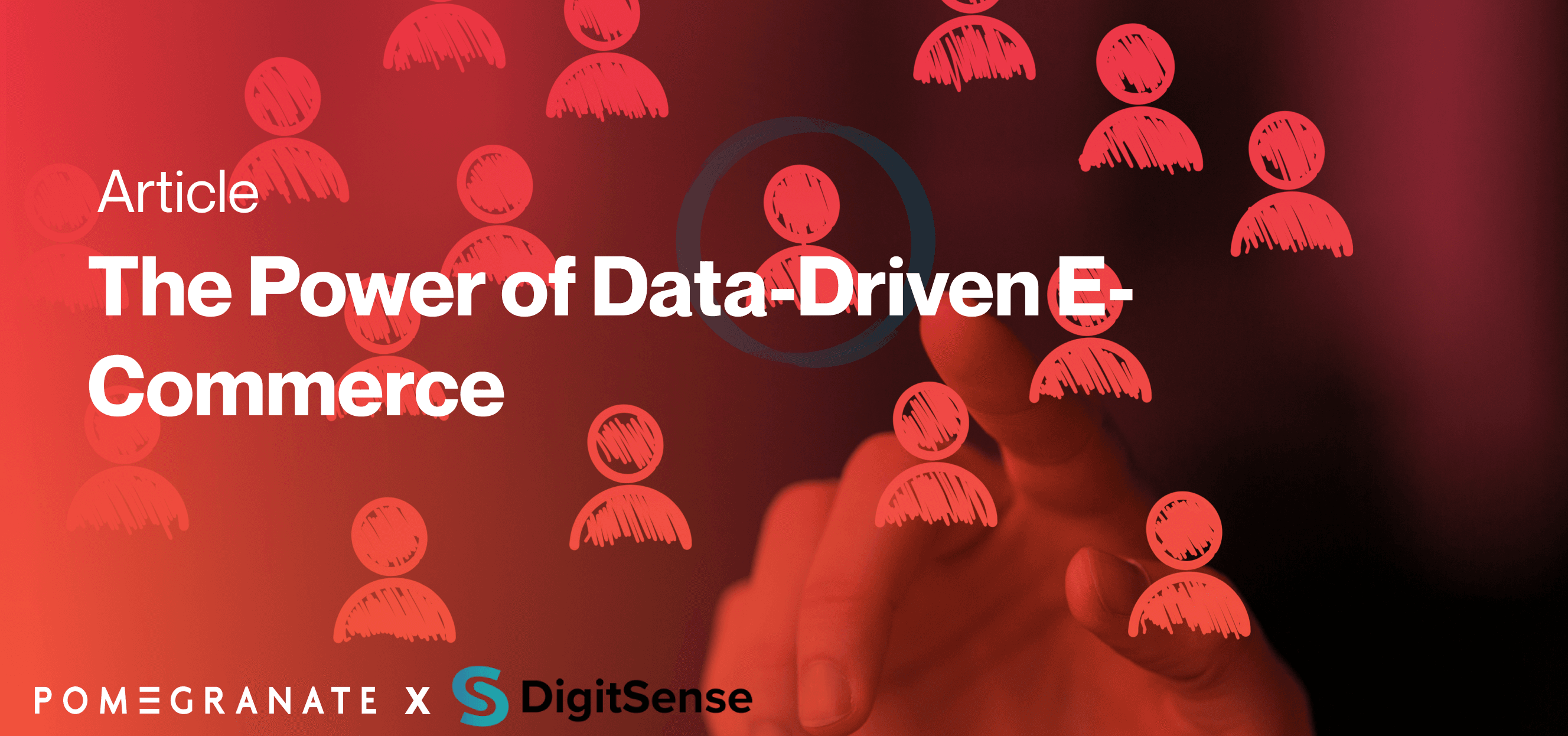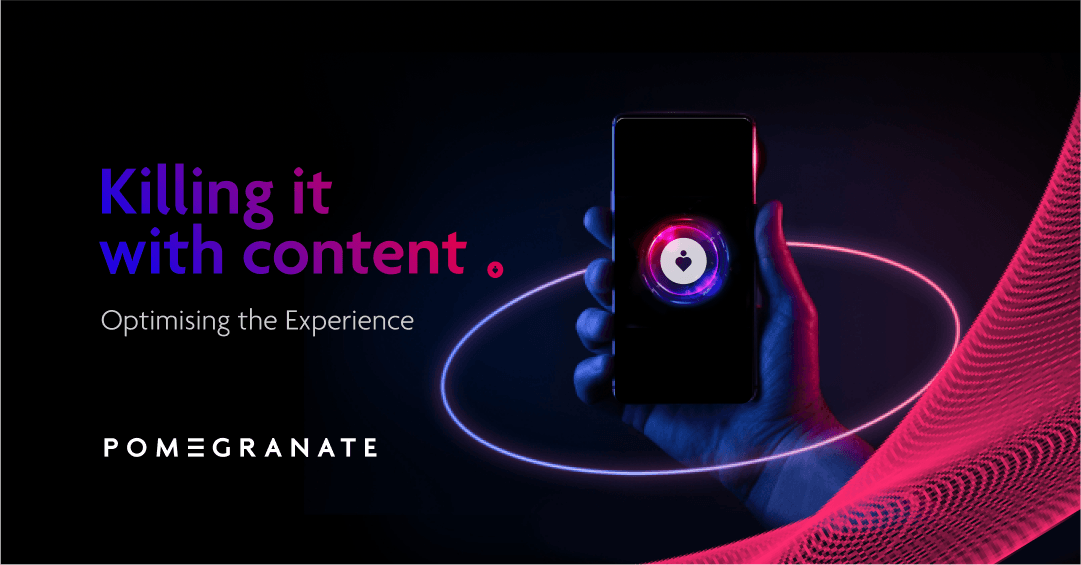At the forefront of crafting highly effective websites lies the principle of limiting options. Rooted in psychology, particularly in Hicks Law, the purposeful narrowing down of choices wields substantial influence on user experience and, by extension, conversion rates. For forward thinking companies, embracing the skill of limiting options stands as a transformative force enabling the creation of websites that not only attract attention; but also effortlessly usher users through the decision-making journey.
Understanding the Power of Limited Options
Hicks Law, underscores the idea that the time it takes to make a decision is directly proportional to the number of choices available.
This principle finds its application in web design by advocating for the deliberate reduction of options to streamline the user experience. By doing so, digital marketers can capitalise on several advantages to drive user engagement and conversions.
Faster Decision-Making
To apply this to web design, by limiting options we empower users to make quicker decisions, reducing the time it takes to navigate through the site and engage with its content.
For example Dropbox focuses users on a singular call-to-action making it easy to funnel users through a certain journey.
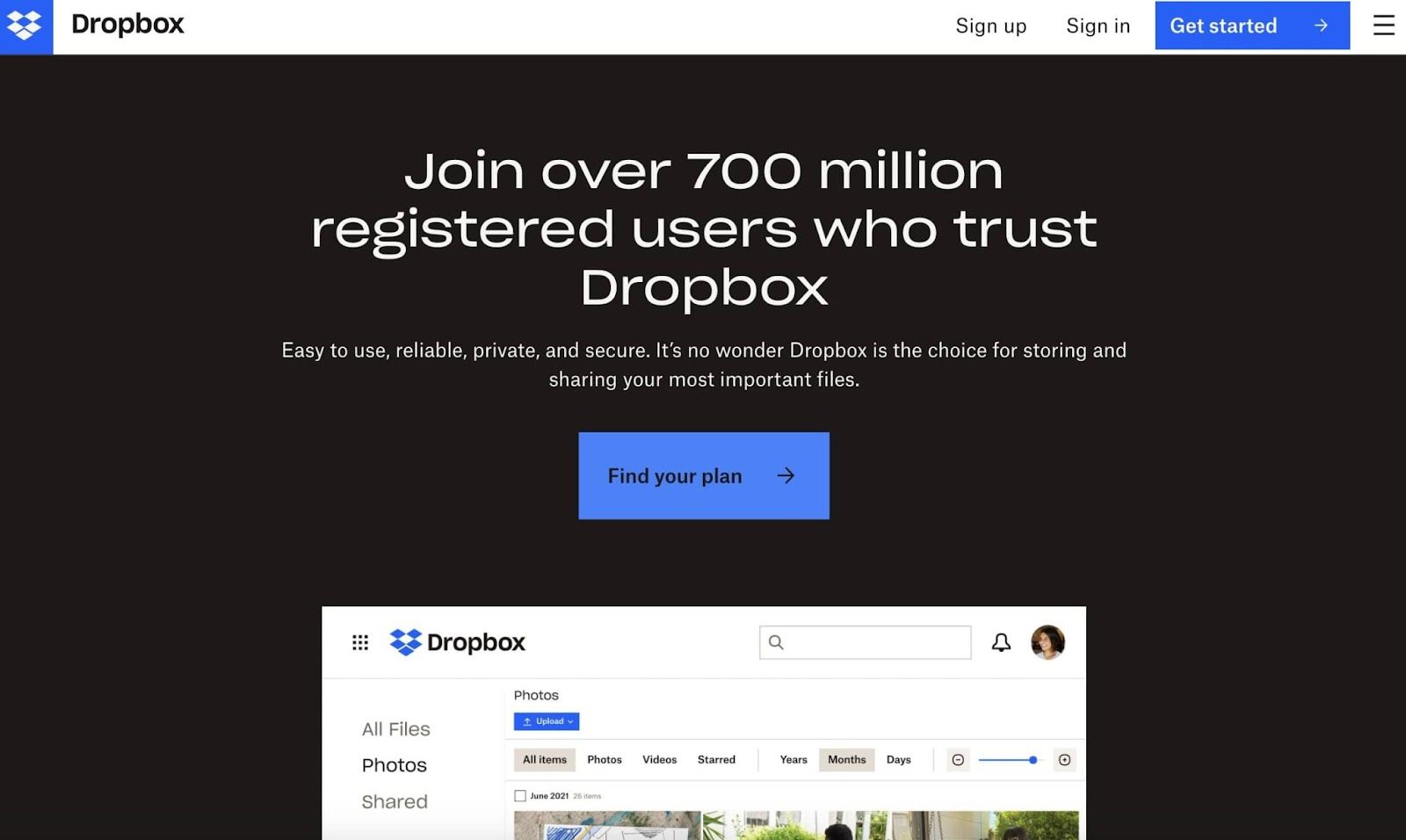
Clear Call-to-Action (CTA) Paths
Limiting options becomes particularly crucial when designing CTAs. Instead of bombarding users with an array of choices, this principle suggests focusing on a concise set of actions that guides them towards desired outcomes. This clarity not only expedites decision-making but also enhances the effectiveness of CTAs in driving conversions.
We see this in the example below from Google’s primary search interface. Their minimalistic design and limited options (search) ensures that users can quickly and effectively navigate the site and perform the desired action.
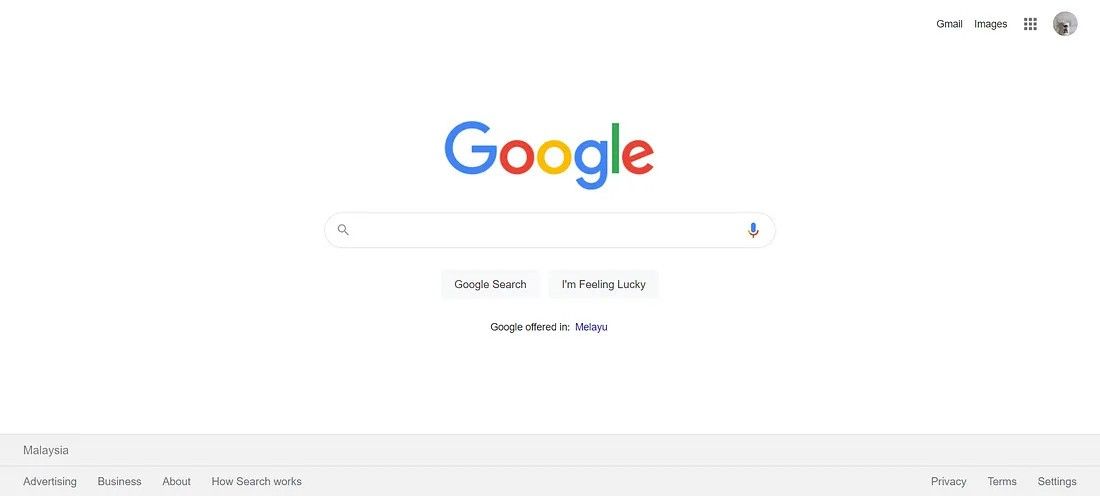
Enhanced User Satisfaction
Offering a streamlined experience by limiting options contributes to overall user satisfaction. Visitors recognise and appreciate websites that respect their time and simplify the decision-making process by reducing the cognitive process required to achieve the required outcome. This is referred to as ‘cognitive strain’. Positive user experiences often translate into repeat visits and word-of-mouth recommendations.
Duolingo’s website and mobile application is an excellent example of this. The page presents users with a limited set of language courses and a simple yet effective progress tracking visual. According to a case study by Anderies, it showed that it fell into the excellent category, when using a standardised UX Evaluation test
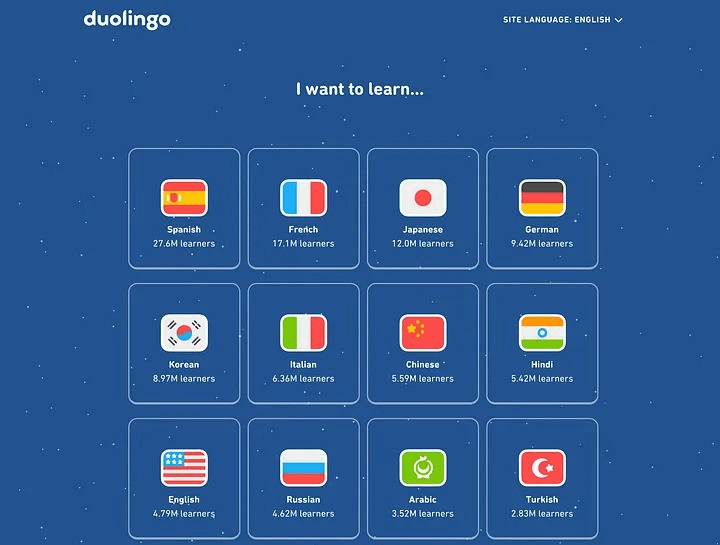
Mobile Optimisation
On mobile devices, screen real estate is limited, making the principle of limiting options even more crucial. Designing for mobile requires a thoughtful approach to present users with a concise and easily navigable set of choices, ensuring a positive experience on a smaller screen.
Google Maps is a widely used navigation and mapping service that has been designed to provide a seamless and efficient experience both on mobile devices as well as a computer.
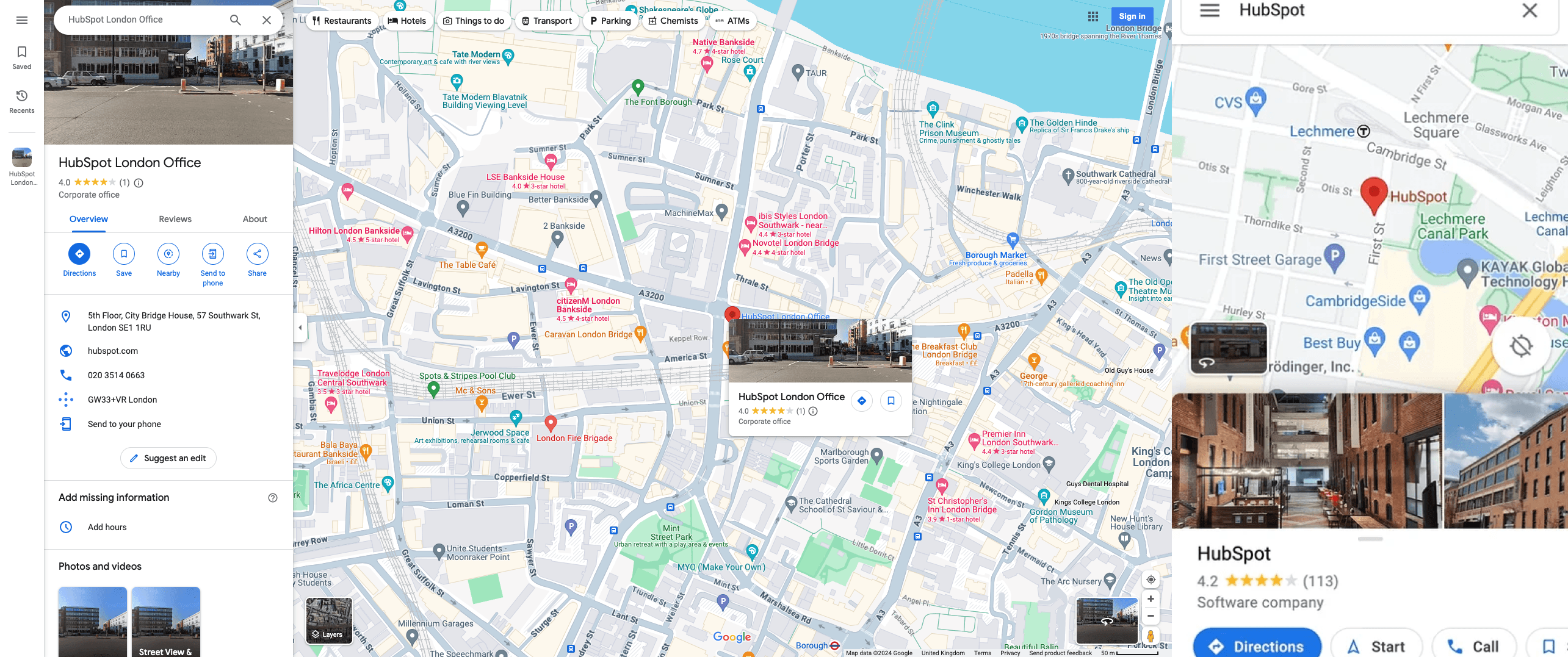
Key principles of human psychology, such as Hick’s Law and limiting options can be powerful tools to be used by companies when looking to create high-performing websites. By strategically reducing choices, marketers can guide users through a seamless journey, fostering faster decision-making and increasing the likelihood of conversions.
To learn more about key elements of implementation for your business, get in touch with us today to discuss with one of our UX experts.


